Circular Motion
Circular motion is the movement of an object along the circumference of a circle or a curved path. It involves the constant change in direction of the object's velocity, while the speed may remain constant or vary. Circular motion can be observed in various phenomena, such as the motion of a carousel, the Earth's rotation around the sun, or the swinging of a pendulum.
Key Concepts
- Centripetal Force: The force that keeps an object moving in a circular path. It acts towards the center of the circle and is required to counteract the tendency of the object to move in a straight line.
- Centripetal Acceleration: The acceleration experienced by an object moving in a circular path. It is always directed towards the center of the circle and is caused by the centripetal force.
- Angular Velocity: The rate of change of angular displacement of an object as it moves in a circular path. It is measured in radians per second.
- Period and Frequency: The period is the time taken for one complete revolution in circular motion, while frequency is the number of revolutions per unit time.
- Uniform Circular Motion: When an object moves in a circular path at a constant speed, its velocity changes constantly in direction, but not in magnitude.
Study Guide
Understanding circular motion involves grasping the concepts of centripetal force, centripetal acceleration, and angular velocity. Here are some key points to focus on while studying this topic:
- Explain the relationship between centripetal force and centripetal acceleration in circular motion.
- Calculate the centripetal force required to keep an object moving in a circular path of a given radius at a certain speed.
- Understand the concept of angular velocity and its relationship to linear velocity in circular motion.
- Explore real-life examples of circular motion and identify the factors that affect the magnitude of centripetal force.
- Practice using formulas to calculate the period, frequency, and speed of an object in circular motion.
By mastering these concepts and practicing related problems, you can develop a strong understanding of circular motion and its applications in the world around us.
.◂Science Worksheets and Study Guides Third Grade. Hands-on Lab Skills/Science Inquiry - 3rd grade
Study Guide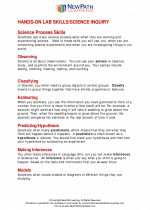 Hands-on Lab Skills/Science Inquiry - 3rd grade
Hands-on Lab Skills/Science Inquiry - 3rd grade  Worksheet/Answer key
Worksheet/Answer key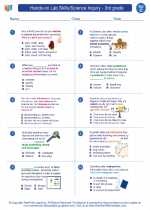 Hands-on Lab Skills/Science Inquiry - 3rd grade
Hands-on Lab Skills/Science Inquiry - 3rd grade  Worksheet/Answer key
Worksheet/Answer key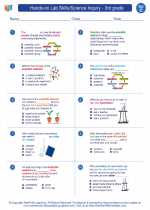 Hands-on Lab Skills/Science Inquiry - 3rd grade
Hands-on Lab Skills/Science Inquiry - 3rd grade  Worksheet/Answer key
Worksheet/Answer key Hands-on Lab Skills/Science Inquiry - 3rd grade
Hands-on Lab Skills/Science Inquiry - 3rd grade  Worksheet/Answer key
Worksheet/Answer key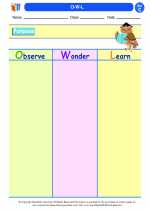 O-W-L
O-W-L  Vocabulary/Answer key
Vocabulary/Answer key Hands-on Lab Skills/Science Inquiry - 3rd grade
Hands-on Lab Skills/Science Inquiry - 3rd grade  Vocabulary/Answer key
Vocabulary/Answer key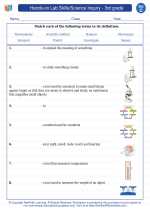 Hands-on Lab Skills/Science Inquiry - 3rd grade
Hands-on Lab Skills/Science Inquiry - 3rd grade 

 Worksheet/Answer key
Worksheet/Answer key
 Worksheet/Answer key
Worksheet/Answer key
 Worksheet/Answer key
Worksheet/Answer key
 Worksheet/Answer key
Worksheet/Answer key
 Vocabulary/Answer key
Vocabulary/Answer key
 Vocabulary/Answer key
Vocabulary/Answer key

The resources above cover the following skills:
Science as Inquiry and Process: A student should understand and be able to apply the processes and applications of scientific inquiry. A student who meets the content standard should:
Develop an understanding of the processes of science used to investigate problems, design and conduct repeatable scientific investigations, and defend scientific arguments.